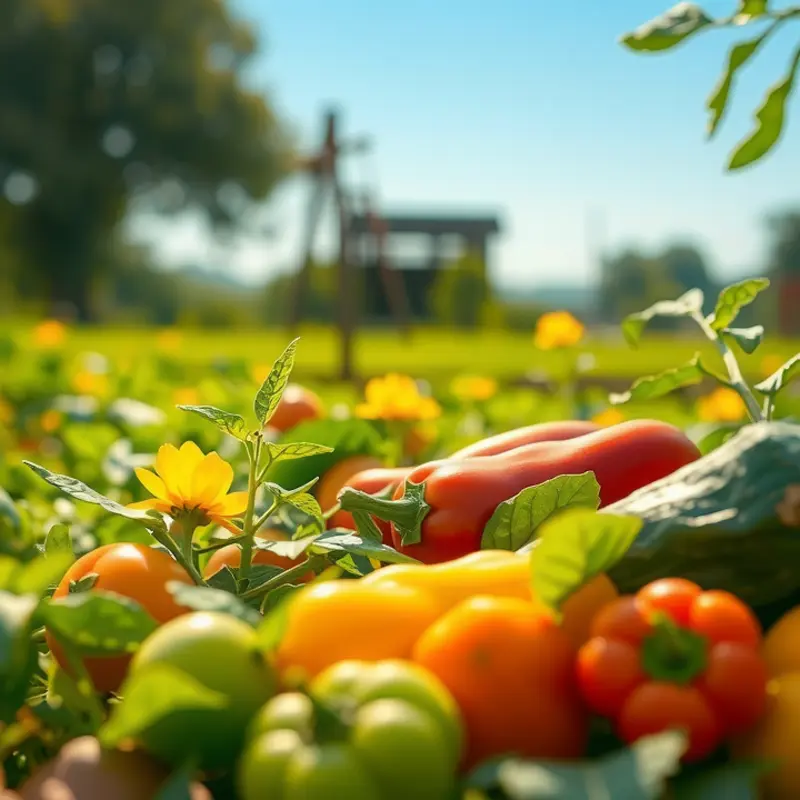Keeping your kitchen clean is not just about aesthetics; it’s crucial for food safety and waste reduction. By adopting safe kitchen cleaning practices, you can ensure that your food remains fresh and safe to consume. This guide presents actionable strategies to clean your kitchen effectively, store food safely, and manage your inventory to minimize waste.
Essential Kitchen Cleaning Protocols

Maintaining impeccable kitchen hygiene is fundamental to food safety. Essential cleaning protocols not only safeguard health but also improve the overall cooking experience. Implementing straightforward, consistent cleaning techniques can significantly reduce contamination risks.
Effective Cleaning Agents
Choosing the right cleaning agents is crucial for efficiently eliminating harmful microorganisms. Opt for products that are food-safe and effective against a wide range of pathogens. Natural agents such as vinegar and baking soda can also be employed for routine cleaning tasks. Their natural antimicrobial properties make them a good choice for daily usage. For tougher stains or build-up, more robust solutions can be warranted, but ensure they are thoroughly rinsed away to avoid residue contamination.
Cleaning Frequency
Determining the cleaning frequency is vital. For surfaces that come into direct contact with food, such as countertops and cutting boards, cleaning should occur before and after each use. Ensure that sponges and dishcloths are cleaned regularly, as these can harbor bacteria if neglected. Appliances like refrigerators should be cleaned monthly to prevent mold and odors, while ovens may only require cleaning every few months, depending on use. For specific cleaning schedules that align with a zero-waste lifestyle, you can explore low-waste cooking prep.
Organizing to Reduce Contamination
A well-organized kitchen minimizes the risk of cross-contamination. Store raw meats and seafood on the lower shelves of the refrigerator to prevent juices from dripping onto other foods. Label and date leftovers, and practice a ‘first in, first out’ rule to minimize waste and spoilage. Keeping pantry items sealed and properly stored can help deter pests and maintain freshness. It’s also prudent to have separate chopping boards for different food groups, such as meats, vegetables, and ready-to-eat items, to reduce cross-contact.
Routine Integration
Integrating these cleaning protocols into your routine doesn’t have to be daunting. Establish a daily, weekly, and monthly cleaning schedule to provide structure. Allocate specific times for tasks such as disinfecting high-touch surfaces or checking pantry items for expiration. By embedding these actions into everyday life, a cleaner, safer kitchen environment becomes second nature.
These essential protocols enhance not only the cleanliness of a kitchen but also the safety of the food prepared within it. Consistency is key, and by adhering to these practices, you can create a sanctuary where food safety and culinary creativity coexist.
Smart Food Storage Techniques

Efficient food storage is the cornerstone of a hygienic and waste-conscious kitchen. With the right techniques, you can extend the life of your ingredients and ensure they stay safe for consumption. Organizing your fridge and pantry effectively begins with understanding how to segregate your food.
Separate raw, cooked, and ready-to-eat foods to prevent cross-contamination. Raw meats, poultry, and seafood should be stored on the bottom shelf of the fridge, well-sealed to avoid drips. Use airtight containers or resealable bags to limit exposure to air, which can accelerate spoilage. The principles shared in our detailed guide on safer storage of sauces apply across the board for many food categories.
When organizing your pantry, prioritize a system that rotates items based on expiry dates. Place newer purchases behind older ones. Create categories for grains, canned goods, and spices, ensuring each type has its designated space. Dry goods benefit from being stored in airtight containers; this practice not only extends shelf life but also keeps your pantry tidy and accessible.
Leftovers, a common contributor to household food waste, require careful handling. Once food has cooled, portion and label each container with the date and contents. This prevents mysteries and ensures leftovers are consumed in a timely manner. Refrigerated leftovers are typically safe for three to four days, while freezing can extend usability for several months.
Labels are indispensable. Use clear markers or stickers for effective identification and tracking. With labels, you avoid the common kitchen dilemma of “What is this?” and “Is this still good?”. Integrating a labelling system is an easy yet powerful practice for maintaining order and safety.
The choice of storage containers is critical for hygiene. Glass containers offer a non-porous option that resists odors and stains, while BPA-free plastics provide lighter alternatives for those with limited fridge space. Silicone bags are reusable, making them a sustainable choice. Always ensure containers are thoroughly cleaned and dried before use.
To ensure efficiency and safety, keep an eye on temperature. Refrigerators should be set at or below 4°C (40°F) and freezers at -18°C (0°F) or lower. Investing in a simple thermometer can help you monitor and maintain these temperatures effectively.
Implementing these smart food storage techniques not only promotes food safety but also aligns with sustainable kitchen practices. By keeping your kitchen organized, you can reduce stress, limit waste, and contribute positively to both your health and the environment.
Final words
Adopting safe kitchen cleaning practices is vital for both food safety and effective waste management. By implementing straightforward cleaning protocols and utilizing intelligent food storage techniques, you can create a hygienic environment that enhances the quality of your meals while reducing the risk of foodborne illnesses. Make these practices a part of your daily routine, and enjoy the benefits of a healthier kitchen and a reduced environmental footprint. Remember, a cleaner kitchen leads to a safer, more efficient cooking experience.







